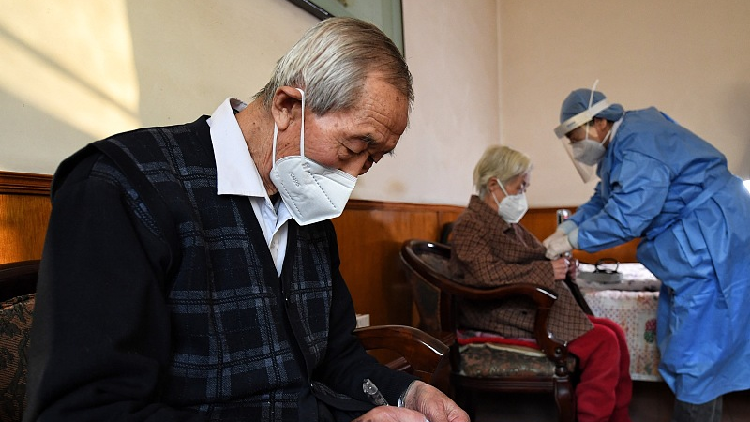Omicron Subvariant BF.7 Behind China’s COVID Surge Detected In India | Weather.com – The Weather Channel


A healthcare worker collects swab samples for COVID-19 testing from a worker.
(Xinhua/IANS)
It was only in September this year when the WHO chief Tedros Adhanom Ghebreyesus said “the end is in sight” for the COVID-19 pandemic. However, the recent wave of infections that has shook China suggests otherwise.
Beijing is currently facing an alarming number of deaths as COVID-19 rips through the population. And reports indicate that the Omicron BF.7 — the dominant variant of the COVID-19 virus — is driving the surge in China.
Not only is the BF.7 Omicron variant quicker to transmit, but it also has a shorter incubation period and infects people easily. The variant also seems to affect all individuals equally, irrespective of their vaccination status.
And if you thought that this deadly variant was restricted to China, think again. The subvariant has already been found in several other countries, including the US, the UK and European nations such as Belgium, Germany, France and Denmark.
And now, three cases of Omicron subvariant BF.7 have also been detected in India, official sources told TOI on Wednesday.
The first case of BF.7 in India was detected in October by Gujarat Biotechnology Research Centre. So far, two cases have been reported from Gujarat, while one infection has been found in Odisha.
In a meeting chaired by the Union Health Minister Mansukh Mandaviya, experts suggested that while there is no overall increase in the COVID-19 caseload as of now, there is a need for continued surveillance to keep track of existing and emerging variants.
Experts blame the low level of immunity in the Chinese population from previous infections and possibly vaccination for the high transmissibility of the BF.7 in the country. They are hopeful that India’s vaccination status will shield us from the variant for the most part.
While this optimism is encouraged, we must keep an eye on any symptoms and seek medical attention at the first sign of discomfort.
As per reports, the BF.7 variant mostly affects the upper respiratory tract. And some symptoms that accompany it include fever, cough, sore throat and runny nose.
**
For weather, science, space, and COVID-19 updates on the go, download The Weather Channel App (on Android and iOS store). It’s free!



